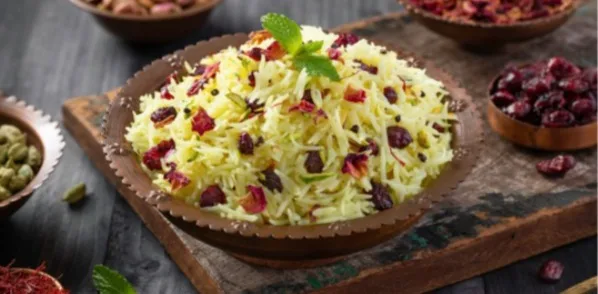By: Aaqib Rashid Shah
In the fast-paced world of academia, students often find themselves caught in the relentless pursuit of quantity – the number of assignments completed, pages written, or hours spent studying. However, it is essential to recognize the profound impact that a shift in perspective towards quality can have on both academic performance and personal development. This article explores the importance of focusing on quality rather than quantity in various aspects of student life and offers practical advice on how to make this shift.
Academic Assignments:
The prevailing mindset among students is often centered around completing a high volume of assignments. However, it is crucial to understand that true learning occurs when assignments are approached with a focus on quality. Rather than merely meeting the word count, students should prioritize thorough research, critical analysis, and the development of well-articulated arguments. This approach not only leads to a deeper understanding of the subject matter but also impresses instructors with the depth of thought and attention to detail.
Study Habits:
The quantity of study hours does not always correlate with effective learning. Instead of aimlessly spending long hours with scattered focus, students should adopt a targeted and high-quality study approach. This involves identifying key concepts, actively engaging with the material, and taking breaks to enhance retention. Quality study sessions lead to a better grasp of the material and ultimately result in improved performance in exams and assessments.
Extracurricular Activities:
Many students participate in a myriad of extracurricular activities to build a well-rounded resume. However, engaging in numerous activities without dedicating sufficient time and effort to excel in any one of them may diminish the overall impact. Students should consider focusing on a select few activities that align with their passions and invest time in honing their skills. Quality involvement in extracurriculars not only demonstrates commitment but also provides a more meaningful and enriching experience.
Interpersonal Relationships:
Building and maintaining quality relationships is as important as academic achievements. Rather than collecting a vast network of acquaintances, students should invest time in cultivating deep and meaningful connections. Quality relationships contribute to emotional well-being, provide a support system during challenging times, and can lead to valuable collaborations in the future.
Critical Thinking and Problem Solving:
The ability to think critically and solve complex problems is a hallmark of a well-rounded education. Rather than focusing on solving a multitude of problems, students should prioritize the depth and efficacy of their problem-solving approaches. Cultivating critical thinking skills involves dissecting problems, exploring multiple perspectives, and developing innovative solutions – a quality-driven process that transcends the mere accumulation of solved exercises.
Leadership and Teamwork:
In the pursuit of leadership roles and collaborative endeavours, quality often trumps quantity. Instead of merely accumulating leadership positions on a resume, students should focus on the depth of their impact in those roles. Effective leadership involves inspiring and empowering others, fostering a positive team dynamic, and achieving tangible outcomes. Quality leadership experiences not only showcase skills but also contribute to personal growth and the ability to lead with purpose.
Community Engagement:
Engaging with the community is an integral part of the student experience. Rather than participating in a crowd of community service activities, students should seek meaningful and sustained engagement with causes that resonate with them. Quality community service involves understanding the root causes of issues, collaborating with local communities, and effecting positive change. This not only benefits the community but also nurtures a sense of social responsibility and empathy in students.
Self-Care:
The pressure to achieve academic success often leads students to neglect their well-being. Quality self-care involves prioritizing mental and physical health over simply checking off a list of self-care activities. Adequate sleep, regular exercise, and mindful practices contribute to overall well-being, allowing students to approach their academic pursuits with clarity and focus
In the pursuit of excellence, students must recognize that quality triumphs over quantity in various aspects of their academic journey. By shifting the focus from completing tasks for the sake of numbers to investing time and effort into meaningful, high-quality endeavours, students not only enhance their academic performance but also develop essential skills and habits for a successful and fulfilling future. Embracing the mantra of “quality over quantity” empowers students to make the most of their educational experience and lays the foundation for a well-rounded and accomplished life beyond the classroom. As students navigate the intricate web of academic and extracurricular pursuits, the mantra of “quality over quantity” emerges as a guiding principle. Beyond the confines of exams and assignments, the emphasis on quality extends into the realms of professional development, critical thinking, leadership, and community engagement. By embracing this paradigm shift, students not only enhance their academic performance but also lay the groundwork for a holistic and purposeful life.
The writer is a Research Scholar, Department of Physics, NIT Srinagar. Email Id:aaqibmaths@gmail.com










